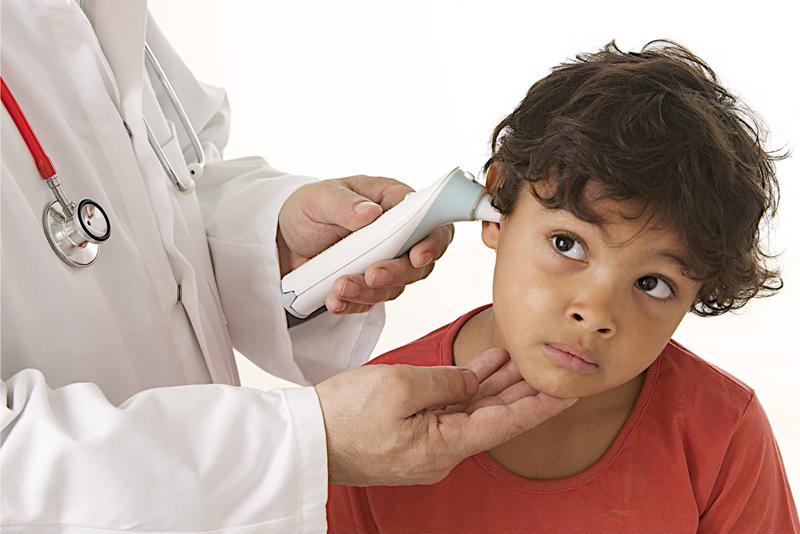Like other areas of medicine, pediatric care can be improved by better interoperability measures. To leverage digital tools such as electronic health records, data must be shared efficiently and effectively, not just to facilitate a single appointment or treatment of a specific illness, but to have a complete health history as a child grows older.
Interoperability is critical for delivering high-value care, as an inability to access data or EHRs because of technical woes can result in repeat procedures, inaccurate diagnoses or any number of other clinical or administrative issues. For pediatrics, the benefits of interoperability measures are not only just as pertinent, but perhaps even amplified.
Growing older
According to Child Stats, a government website dedicated to pediatric information, there are roughly 75 million Americans under the age of 18, and that number will continue to grow in the coming decades. This represents a major portion of the population that requires a specific type of care.
 Even the youngest patients benefit from advanced care.
Even the youngest patients benefit from advanced care.Ensuring patient records, lab reports and other critical pieces of data can be accessed and shared within a practice or across a network is essential in pediatric care. Children are unique patients in two main ways, which further highlights the demand interoperability measures
First, children are different from adults because they grow very rapidly, which means as patients, they are likely to have health data that is highly variable. Similarly, accessing this information is crucial for physicians to identify problems for anything like growth issues to the possibility of scoliosis and other ailments that present themselves overtime. A doctor must be able to find an individual’s health history over the years, and if a patient is new to a network or practice, it is important that the child’s personal data can be accessed regardless of provider.
According to the Journal of the American Medical Association, data interoperability measures allow clinical professionals to collaborate on care. Should a child patient develop a new illness or ailment, the ability to share information allows a primary care pediatrician and a specialist to work together smoothly and without logistical barriers. Because a growing body may react differently to a clinical condition, drug or treatment plan than an adult, specialty care and close monitoring is of particular importance in pediatrics. For this reason, a child who is admitted at a general hospital’s ER may need consultation from a nearby children’s hospital. Without fluidity of information between the two care centers, important information may not be properly communicated.
Pediatrics is also benefited by interoperability best practices because unlike adult patients, many children visit the doctor on an annual basis regardless of any health issues. These check-ups allow doctors to monitor for the aforementioned possibility of a new condition or disorder. However, without a robust data preservation and sharing policy, accessing an individual child’s EHR or other health information can become more difficult.
Important opportunities
The Pennsylvania Health News Service Project reported that data interoperability isn’t just helpful for making a visit to the pediatrician easier, but may be a major instrument in helping slow or reverse chronic drug use and other issues. Every month, an estimated 6.1 million Americans take prescription drugs for non-medical purposes, according to the National Institute of Drug Abuse, and within that group there are many teens who still fall under pediatric care. New measures are being taken to track this trend and provide resources to any parties that are involved in the battle to reduce drug abuse.
In an effort to improve communication between these groups, the National Association of Boards of Pharmacy has created new interoperability measures that allow organizations across different stated to share information pertaining to prescription drug abuse monitoring programs. Dr. Lawrence John, the president of the Allegheny County Medical Society and a family physician in the city of Pittsburgh, found that this initiative came at a critical juncture in the effort to reduce recreational drug use and self-medication.
“Efforts to end drug abuse hinge on efficient, secure data sharing.”
“When you factor in all that health care professionals and state officials are doing, there likely is no other public health issue in Pennsylvania getting as much attention,” said John. “This crisis hit us like a tidal wave. It was the perfect storm of misunderstanding at a time when pain was being under-managed. Time has shown us more now than we were able to see back then about the potential for misuse and abuse.”
Efforts to end drug abuse hinge on efficient, secure data sharing and stand as just one testament to the power of interoperability in treating some of the country’s most vulnerable patients. Pediatric professionals may benefit from information exchange and preservation while tracking the flu or a child’s recovery from a broken bone, but the Pennsylvania Health News Service Project is a reminder that these measures can have much more serious implications.



